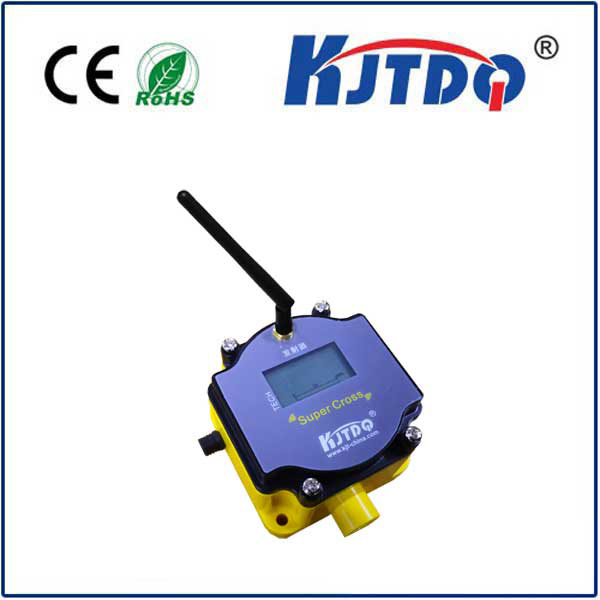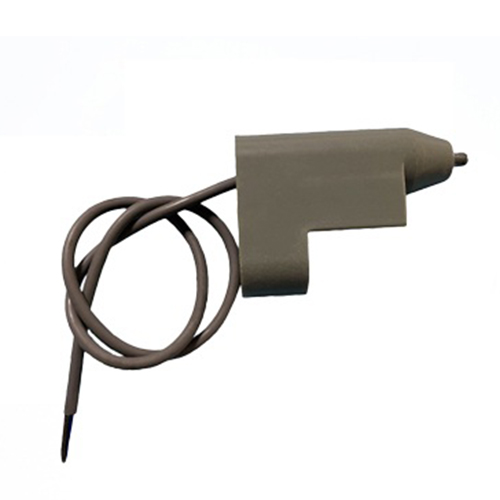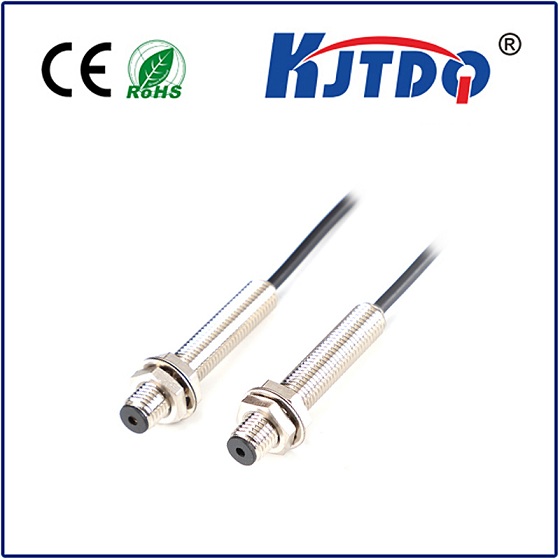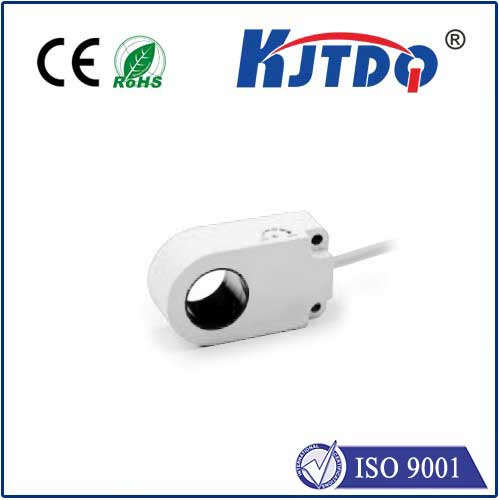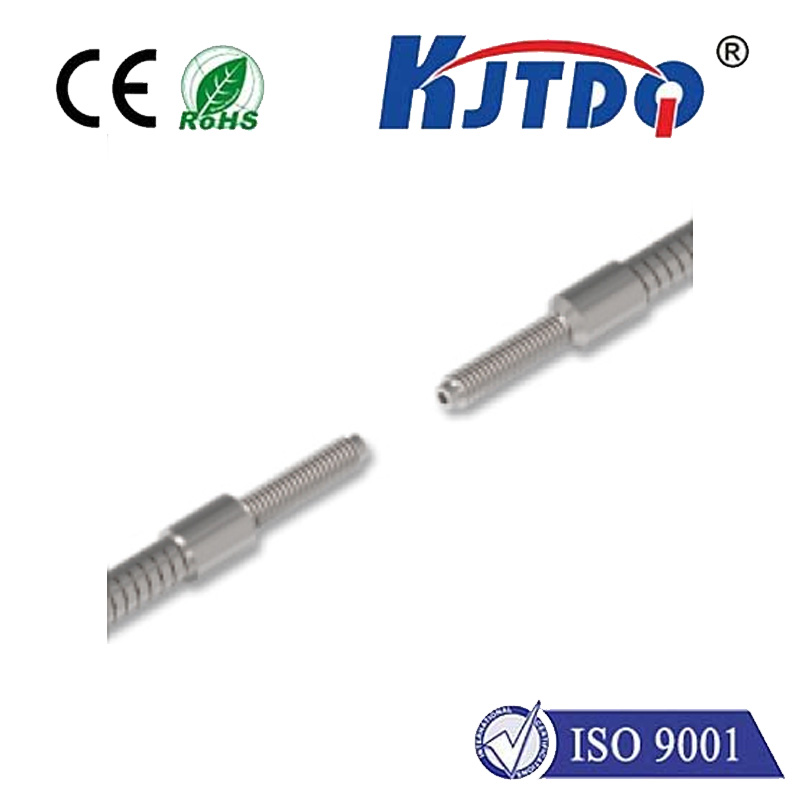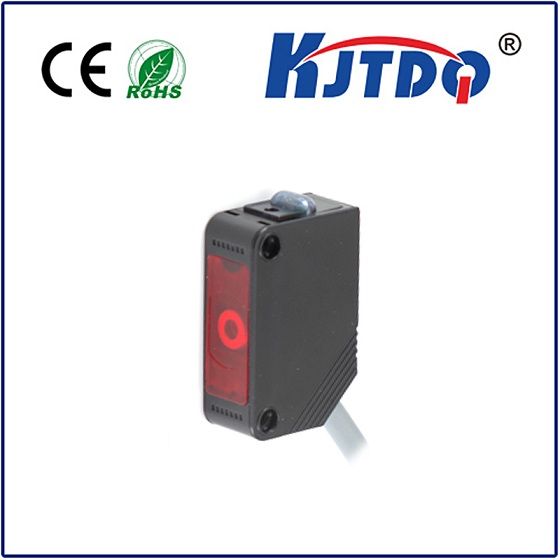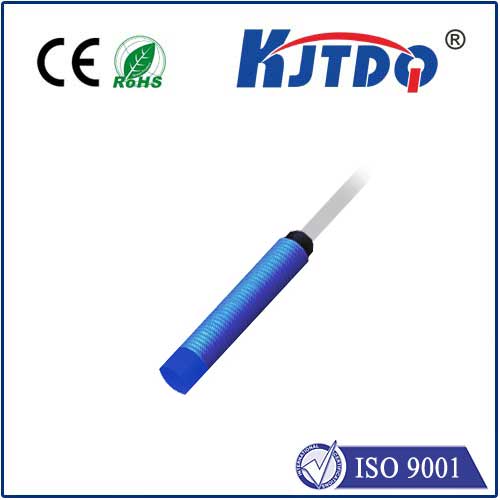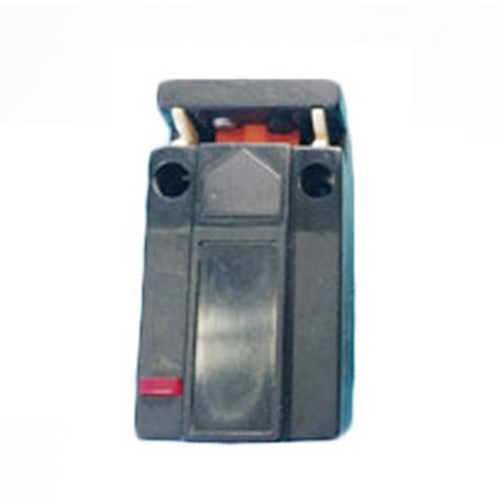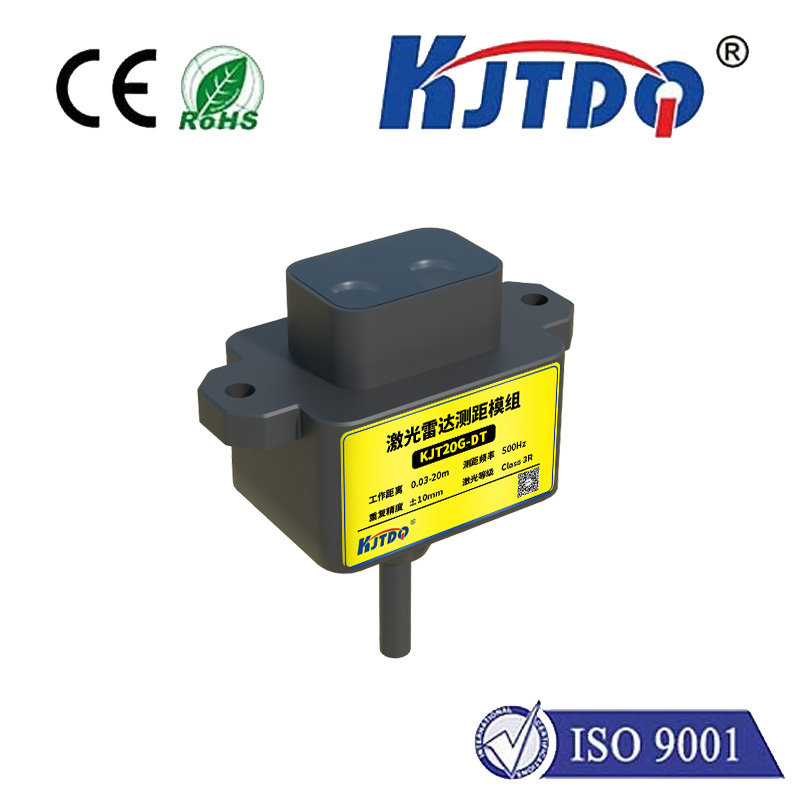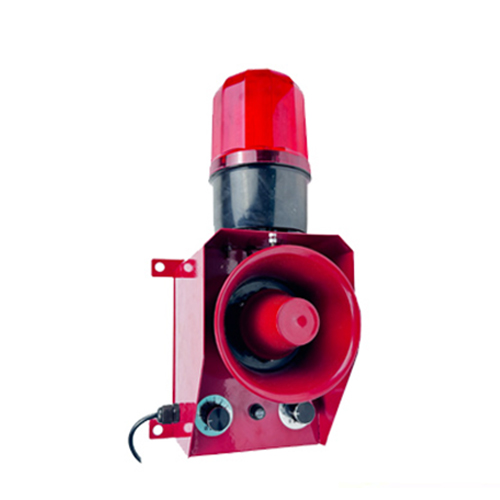

check

check

check

check

check

check

check

check

check

check
The Essential Role of Stop Limit Switches in Industrial Applications
In modern industrial operations, safety and precision are paramount. This is where the humble yet crucial component known as the stop limit switch comes into play. A stop limit switch is a mechanism that halts machinery when it reaches a predefined point or extreme of travel. These devices not only safeguard equipment by preventing over-travel but also ensure that processes are executed with exactitude. In this article, we will delve into the significance of stop limit switches across diverse sectors.
**Safety First: The Foundational Purpose**
At the heart of every industrial setup, safety protocols must be stringently adhered to. Stop limit switches serve as an essential layer of these protocols. By automatically cutting power or halting motion once machinery reaches its operational limits, they prevent collisions, overextending, and potential damage to both the equipment and the surroundings. For example, in a conveyor belt system, limit switches can detect when objects have reached the end of the belt and signal the system to shut down, avoiding spillage or structural harm.

**Precision Control: Ensuring Quality**
Beyond safety, stop limit switches enhance precision during manufacturing processes. They allow for repeatable positioning of machinery parts, ensuring consistent outcomes. In automated assembly lines, for instance, accurate stopping points can mean the difference between a high-quality product and a defective one. When robotic arms require precise movements to place components or in print presses requiring exact paper positioning before printing begins, limit switches guarantee each operation starts and stops where it should.
**Equipment Longevity: Preventing Overuse**
The durability of industrial equipment often hinges on how well it is maintained and operated. Overextension or repetitive pounding at mechanical boundaries can drastically shorten the lifespan of machinery. Stop limit switches protect against such scenarios by enforcing operational limits, thereby reducing wear and tear. In the context of elevator systems, limit switches not only ensure passengers reach the correct floors but also keep the motors from running endlessly, which could cause overheating and damage.
**Efficiency and Cost Savings: Streamlining Operations**
Automation thrives on efficiency; every second counts in production lines and delivery processes. By setting reliable stopping mechanisms, stop limit switches enable smooth transitions between phases of operation, minimizing wasted time and energy. Moreover, by preventing accidents and maintaining equipment longevity, limit switches indirectly contribute to cost savings associated with repair, replacement, and downtime.
**Integration and Compatibility: Enhancing System Reliability**
As technology evolves, compatibility with newer systems becomes a critical aspect of industrial components. Stop limit switches come in a variety of styles and configurations, allowing integration with both legacy and state-of-the-art control systems. Whether through mechanical linkages or sophisticated sensors that communicate with programmable logic controllers (PLCs), they offer scalability and adaptability necessary for ever-changing industries.
In conclusion, the unassuming stop limit switch plays a pivotal role in numerous industrial applications. From fostering safety and quality to enhancing equipment longevity and driving operational efficiency, the importance of these devices cannot be understated. As industries march towards increased automation and higher standards, the dependable function of stop limit switches remains a cornerstone of success in machinery and process management.
